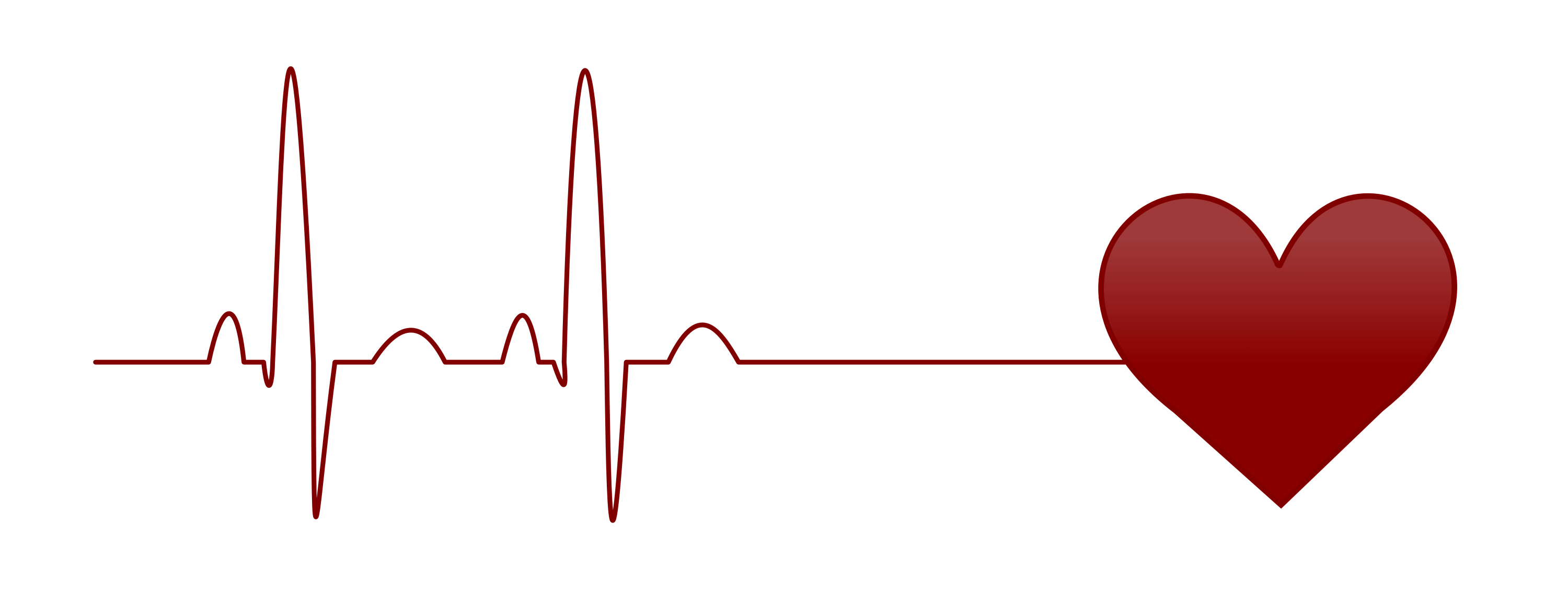When stress strikes, noradrenaline—the “fight-or-flight” hormone—surges. It ramps up heart rate and blood pressure, sparking a pounding heart, sweaty palms, and quick, shallow breaths.
The general sensation might seem universal, yet the science behind it diverges. Male and female hearts were shown to react differently to this stress hormone, according to a new study published Jan. 20 in Science Advances.
This is a story about the importance of studying both females and males and not generalizing data among the sexes.
Conducted at the UC Davis School of Medicine, the study found that parts of the female heart return to normal quicker than the male heart in response to noradrenaline. This causes differences in the heart’s electrical activity. The researchers hoped to find factors that contribute to the susceptibility of heart arrhythmias — a disorder in which the electrical impulses that coordinate the heart’s rhythm fail to work properly, leading to an abnormal heartbeat.
The team used a non-human laboratory model to image the heart’s response to noradrenaline. Using fluorescent imaging, scientists were able to see how a messenger molecule, known as cAMP, carries signals from hormones like noradrenaline into the cells.
As noradrenaline flows through the body, scientists saw cAMP also traverse the heart. They observed exposure to noradrenaline increases levels of cAMP in the heart. But activation of cAMP differs between females and males. In female hearts, cAMP levels return to normal faster in the bottom tip of the heart, where the left and right ventricle are located, than in males. Breakdown of cAMP in female hearts overall differed between the bottom of the heart and the midsection, whereas in male hearts, cAMP levels rose and fell uniformly throughout.
The result was a change in the heart electrical activity in females.
More specifically, researchers noticed after exposure to noradrenaline there was a significant change in how the female heart resets between each heartbeat, a process known as repolarization.
“We know that there are sex differences in the risk for certain types of arrhythmias,” the study’s lead author, Jessica L. Caldwell, a postdoc in the UC Davis School of Medicine Department of Pharmacology, told UC Davis Health. “The study reveals a new factor that may contribute to different arrhythmia susceptibility between men and women.”
This is not the first-time sex differences have been found in arrhythmias. Nor is it the first-time repolarization has been the root.
For example, female hearts are more vulnerable to arrhythmias related to “long QT intervals.” Named after the five different waves on an electrocardiogram (EKG) — P, Q, R, S, and T — the interval between Q and T refers to the period of repolarization. Women have longer QT intervals—meaning it takes longer to recharge the heart between beats.
In long QT syndrome, the period of repolarization is prolonged, meaning the heart is not prepared for the next beat. This can cause dangerously rapid heart rhythms. In cases where cardiovascular drugs that prolonged repolarization triggered arrhythmia, 70% of the patients were women, a 1993 study found.
Knowing the heart’s differing response to noradrenaline between the sexes could inform other sex-based risks for certain arrhythmias. Future studies will be necessary to piece together the implications of differing cAMP levels and electrical activity.
But the researchers would not have discovered this if they had only studied males. Crystal Riplinger, the study’s senior author and professor of pharmacology at UC Davis, launched her lab over a decade ago, when it was the standard to only investigate male models of disease. That changed, however, in 2016 when the National Institutes of Health began requiring the use of both sexes in research.
While the researchers in this study were not searching for sex-based responses, they found differences they could not ignore.
“Sometimes the data between the two sexes are the same. But if the data start to show variation, the first thing we do is look at sex differences,” Ripplinger told UC Davis Health. “Using both [females and males] has revealed clues into differences we would never have suspected. Researchers are realizing you can’t extrapolate to both sexes from only studying one.”
It has only been seven years since the NIH ruled on sex as a biological variable, chastising the harmful bias toward studying male cell lines, animals, and humans. This study is another example of the discoveries that can be made and the health outcomes that can be affected when scientists disrupt the male focus in medical research.
Noradrenaline’s sex-based symphony
Kayla Yup
Stress punctuates motion like a staccato sign in music.
Detached, jumpy — stunned and sharpened.
A crescendo in blood pressure, a heart rate at forte:
the cacophony of senses we feel is carefully composed.
Our bodies read sheet music as
noradrenaline conducts a fight-or-flight score.
Seemingly universal, the sensation splits.
Female and male —
stressed hearts seek normalcy down divergent paths.
Noradrenaline conducts a sex-based symphony.
Our conductor’s loyal messenger, cAMP,
inherits the tune, carries it.
Surges the heart and commands its cells.
If the heart were an orchestra, it would tune to
cAMP’s concert pitch.
Yet the sheet music differs.
In men, cAMP plays a symphony in synchrony.
A single tour of the heart,
the chemical departs at once.
In women, cAMP leads a melody in rounds.
A staggered exit, apex before base,
cAMP levels rise in unison but
fall divided.
The EKG tells a tale of two hearts.
Heartbeat to heartbeat, the heart resets.
A recharge, an electrical return.
A repolarization.
In women, cAMP’s divided departure
leaves the heart redesigned.
An electrical redirection.
But the male heart’s unchanged.
